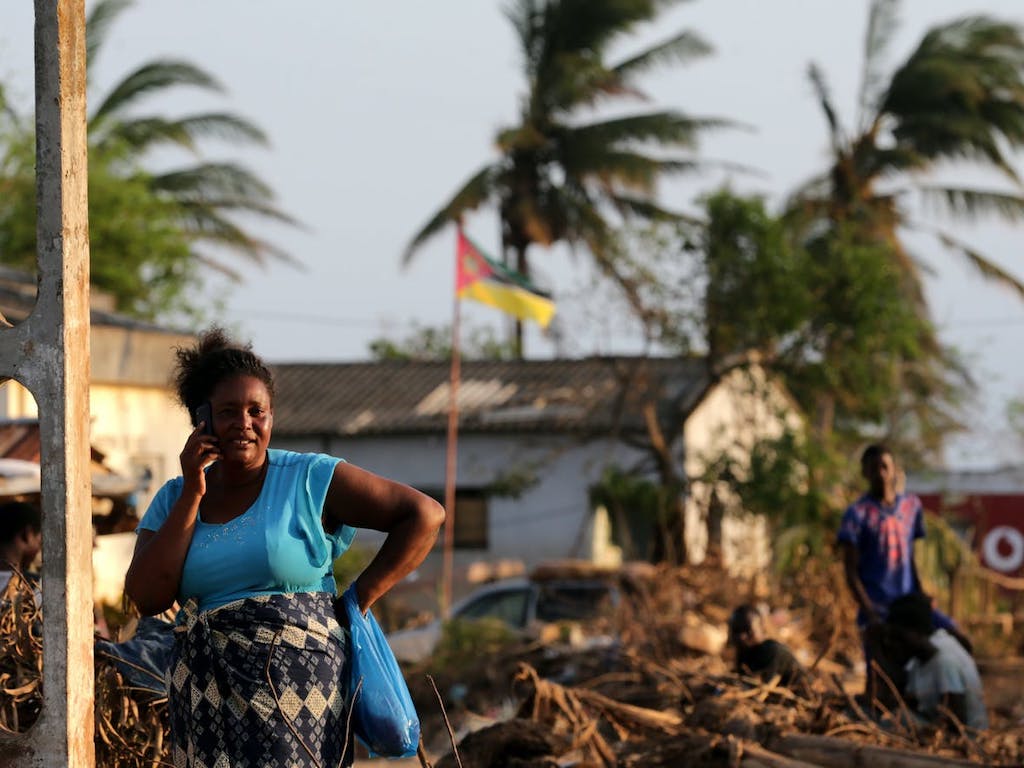3 Mins Read
The real value of support provided by developed countries to help poorer nations respond to the climate crisis is far lower than what has been reported, according to a new Oxfam report. It finds that the real figure could be as low as a third of the amount donors stated, and that because the financing is mostly coming in form of loans instead of grants, it could be pushing developing countries even further into debt.
Published earlier this week, Oxfam’s Climate Finance Shadow Report 2020 finds that while richer donor nations reported US$59.5 billion in climate finance per year in 2017 and 2018, the “true value” for climate action could be as low as US$19-22.5 billion annually once loan repayments, interest and other over-reporting factors are considered.
The excessive use of loans in the name of climate assistance is an overlooked scandal. The world’s poorest countries, many of whom are already grappling with unsustainable debts, should not be forced to take out loans to respond to a climate crisis not of their making.
Tracy Carty, Senior Policy Advisor on Climate Change at Oxfam
This is primarily because instead of coming in the form of grants, a shocking 80% of all reported public climate finance are loans. Of this amount, half of it – US$24 billion – is non-concessional, meaning that the terms dictate higher repayments from poorer developing countries. Many of these loans have also been over-reported because they were not issued specifically for climate action, but as a part of wider development programs.
“The excessive use of loans in the name of climate assistance is an overlooked scandal. The world’s poorest countries, many of whom are already grappling with unsustainable debts, should not be forced to take out loans to respond to a climate crisis not of their making,” said Tracy Carty, senior policy advisor on climate change at Oxfam and one of the authors of the report.
In addition, much of the funding failed to target the countries that are most at risk of climate threats. Just 3% of all public climate finance went to small island developing states (SIDS) – states that are now most vulnerable to climate change impacts, such as sea-level rise and coastal flooding, who also have the least resources to cope with these disasters.
Funding for climate adaptation was also lacking, with only 25% of the financing spent helping countries put in place warning systems and other adaptation measures, while two-thirds of the money was spent helping countries curb carbon emissions. Just this month, experts from the U.N. called on all nations, especially SIDS, to upscale adaptation investment or risk facing astronomical economic and humanitarian crises in the near future.
Developed countries should provide more climate finance in the form of grants instead of loans, allocate more finance for adaptation and prioritise the most vulnerable countries – including Least Developed Countries and Small Island Developing States.
Tracy Carty, Senior Policy Advisor on Climate Change at Oxfam
Some developed nation donors, however, performed better than others when it came to providing non-grants-based climate financing. Sweden, Denmark and the U.K. were highlighted as countries providing a significant majority of their climate finance as grants, while France provided almost 97% of the funds in the form of loans and non-grant instruments.
“Developed countries should provide more climate finance in the form of grants instead of loans, allocate more finance for adaptation and prioritise the most vulnerable countries – including Least Developed Countries and Small Island Developing States,” said Carty.
“Climate finance is a lifeline for communities facing record heat waves, terrifying storms and devastating floods. Even as governments struggle with Covid-19, they must not lose sight of the mounting threat from the climate crisis.”
Oxfam researchers additionally recommended that in order to fund more climate finance in the form of grants, richer countries could take the initiative to redirect some of their fossil fuel subsidies – currently costing governments over US$320 billion annually – which at the same time could help governments meet their carbon emission reduction obligations.
Lead image courtesy of Tiago Petinga / EPA.




